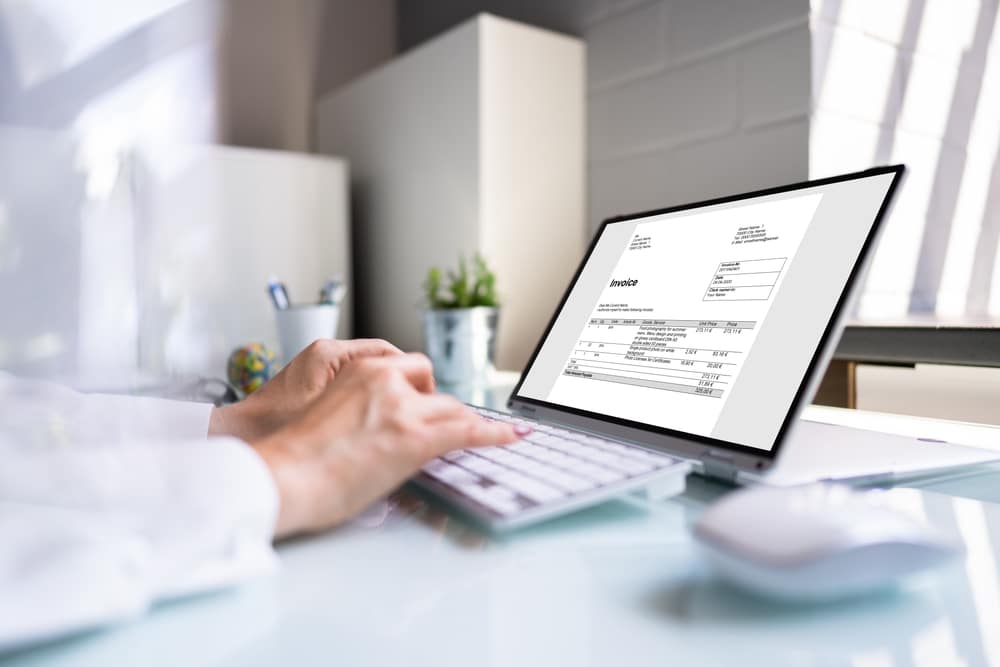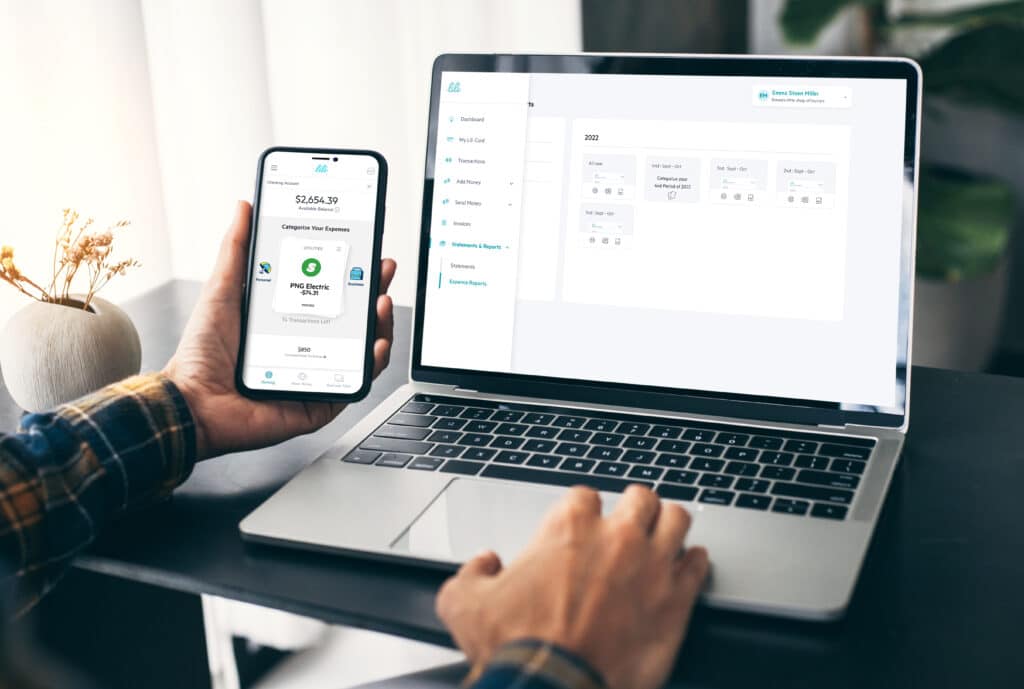When you invoice a customer or client, there are certain expectations for both sides. Just as your clients expect you to complete the work they are being billed for, you expect them to do their part and pay what is due, on time. Business owners should use payment terms on every invoice to keep the client-contractor relationship healthy and avoid any conflicts (or even awkward conversations).
What are Payment Terms?
It is crucial to set clear expectations and include all relevant payment terms when sending an invoice, leaving no room for confusion or misinterpretation. Payment terms enable you to convey to your customer when the invoice is due and how you prefer to be paid.
Payment terms may also detail penalties for late or missed payments, as well as incentives for clients who fulfill invoices early. The goal when invoicing is to be as transparent as possible, explicitly detailing your client’s responsibilities upon receiving an invoice, as discussed during the onboarding process.
Benefits of Using Payment Terms
Although you should communicate expectations in your initial discussions with a client, and lay them out in your contract, including payment terms on invoices adds another layer of protection for your business. Doing so will:
- Enable you to secure payments from clients, on-time
- Help you better organize and manage your cash flow
- Avoid the risk of payment-related conflicts with clients
When you understand all of the possible payment terms you may use on an invoice, your business will be well-positioned in any payment-related communications with your client.
What Payment Terms Should Be Included on an Invoice?
Every invoice has a few payment terms that must be included to ensure it is both official and professional. These terms give your client all the information they need to pay what they owe while also helping you maintain an organized bookkeeping system.
Invoice Date
This is the date your client receives the invoice. Depending on your contract with a client, this date may be the same every month (i.e. always invoicing on the 15th), may occur after work is completed, or may occur before work can begin.
Due Date
This refers to the date by which payment is due from your client. It’s important to have a different due date from the invoice date in order to give your client time to pay and to help set reasonable expectations for payment.
Invoice Amount
This is the total amount the client is expected to pay. If you are billing your client for multiple projects or separate elements of a single project, these should be detailed in the invoice, with a total invoice amount at the end.
Currency
If your clients are located within the same country as you, currency shouldn’t be a complicating factor. However, if you are working with an international client, it’s important to state the currency you wish to be paid in.
Payment Procedures
To avoid having to deal with clients who haven’t paid you, your invoice should outline payment terms that reinforce your expectations of payment. These may include incentives for early payment, or penalties for late payments.
Examples of Common Payment Terms
Beyond the essential invoicing terms listed above, there are several other payment terms you may want to include on your invoice that ensure clarity in the payment process and enable you to maintain a healthy working relationship with your clients. Many of these terms may not be immediately relevant for your business, but are still helpful to know, as they may come up at some point in your business accounting. Here are some common payment term examples you should know:
Net 7/10/15/30/60/90
Net terms specify the number of days a client has to pay an invoice. The most common net term is Net 30, which means payment is due by the 30th day from the invoice date. The 30th day following the issue date serves as the invoice due date.
2/10 Net 30
If you want to offer clients a discount as an incentive for paying an invoice early, you can add those details to your net terms. In this case, 2/10 Net 30 means a client will receive a 2% discount if they pay by the 10th day from the invoice date. Otherwise, payment is due by the 30th day.
Line of Credit [LOC]
This term is especially common for corporations. A line of credit allows customers to pay invoices in installments over a period of time. These payments may occur weekly, monthly, or quarterly throughout the payment period.
Payment in Advance [PIA]
If a business or independent contractor expects to receive payment in full before work begins, this is known as “payment in advance.” This may be received in the form of a deposit, where a percentage is due up front and the remainder will be paid after work is completed.
1MD or 2MD
Typically used for product invoicing, such as office supplies or produce orders for a restaurant, 1MD denotes a monthly credit payment for a one-month supply of product. If the credit payment is for two months of supplies, it is written as 2MD.
Cash In Advance [CIA]
Similar to Payment in Advance, Cash in Advance (or CIA) means the full payment is due in cash before work can begin.
Upon Receipt
“Upon Receipt” means the customer or client is expected to pay the invoice immediately when they receive it. This is common with home maintenance businesses like plumbers, who will hand the customer an invoice after work is completed and expect payment before they leave the house.
End of Month [EOM]
EOM means payment is due at the end of the month that the invoice was received. Typically, this payment term is used when an invoice is sent within the first 15 days of the month, giving the client sufficient time to pay.
15 MFI
Invoices with “15 MFI” payment terms are due on the 15th of the month following the invoice date. For example, an invoice sent on January 5 with 15 MFI terms would be due February 15.
Cash on Delivery [COD]
COD means goods or services must be paid for in cash at the time of delivery. This is common for projects that involve the final product being delivered to the client, such as a custom piece of art ordered from a local artist.
Cash Next Delivery [CND]
If payment for a product or service is due in cash before the next delivery, the invoice should include this term. Cash Next Delivery is typically used in ongoing business relationships that involve regular deliverables.
Cash Before Shipment [CBS]
Similar to Cash Next Delivery, CBS means payment must be made before the next shipment can occur and is typically used for recurring deliveries.
Cash with Order [CWO]
Whereas Cash Before Shipment expects the invoice to be fulfilled before goods will be shipped, Cash with Order requires a customer to pay in full before goods will be produced.
Accumulation Discount
This discount is provided as an incentive for large orders, saving customers money in the long run if they buy a larger supply of goods or services.
Stage Payments
Stage Payments refers to payment made in installments over a period of time, as agreed upon in advance by the client and service provider.
Forward Dating
Forward Dating refers to the issuance of an invoice prior to an order being received or work being completed, however the invoice is not due until after the client receives the completed work or order.
Partial Payment Discount
If you are offering a discount for early payment, the client receives a partial discount for paying a portion of the invoice early. The amount they pay early will be discounted, and the rest of the invoice will be billed at the full rate.
Rebate
A rebate is a refund the customer receives after they’ve made a purchase. It’s a way of discounting a product or service after it has already been paid for.
Contra
If your customer is also a supplier for your business, you may offset the amount they owe you by the amount you owe them for supplies purchased. The remaining amount is the total payment they owe.
How to Write Payment Terms and Conditions for an Invoice
Depending on the nature of your agreement with a given client, including too many payment terms on an invoice can be confusing. It’s important to outline the payment terms and conditions on your invoice as clearly as possible. As well, make sure to use only the payment terms that are necessary to help your client pay faster and more easily.
If you’re new to online invoicing, you can make use of an invoice template that offers a clear structure and includes the fields you need to include all relevant payment terms. While an invoice template may work for a one-time payment, if you invoice clients regularly you might consider using invoicing software. Lili’s Invoicing Software not only enables you to send customized invoices with clearly defined payment terms, but you’re also able to track your invoices conveniently within your Lili account, and set up invoice payment methods to receive payment directly to your Lili account. And, invoice payments made to your Lili account will be included in monthly, quarterly and yearly reports that are automatically generated for you.
If any of that sounds like something your business needs, consider opening a Lili account today!




